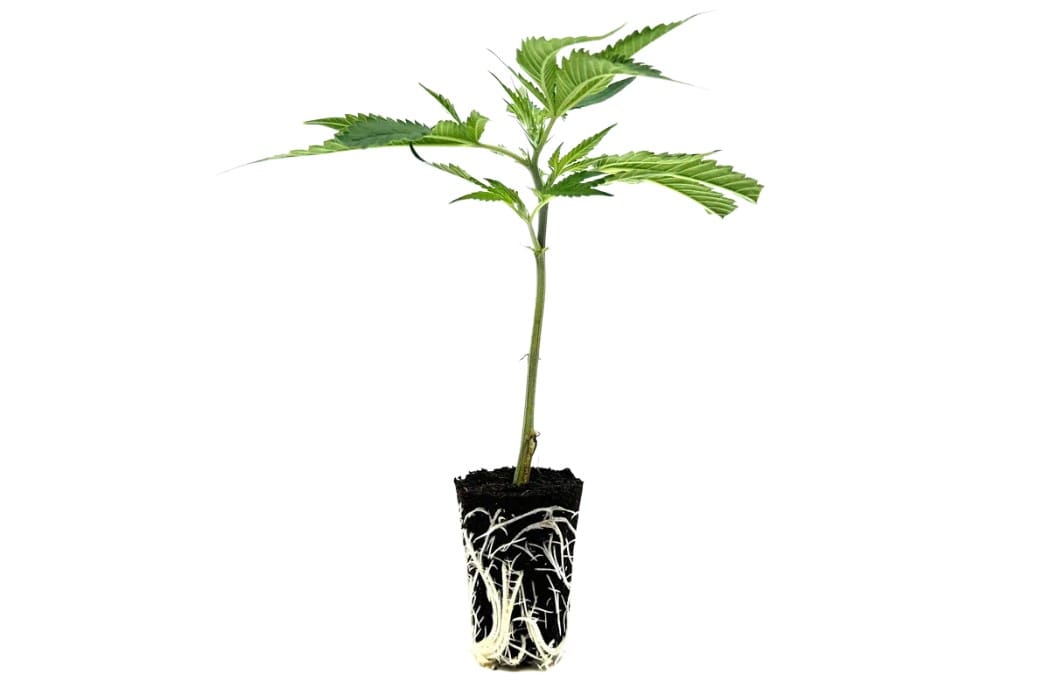Small helpers, big impact: enzymes in hemp cultivation
Healthy hemp needs more than light, water and soil. Enzymes – the tiny biocatalysts in roots and soil – are often overlooked. They release nutrients, break down organic material and help hemp to develop its full vitality.

Hemp cultivation involves the interplay of many factors: light, water, nutrients and healthy soil. However, enzymes are an often overlooked key to strong plants. These tiny biocatalysts control countless processes in the soil and root area. They ensure that nutrients are released, organic material is broken down and plants can develop their full vitality.

Enzymes such as cellulases, proteases, phosphatases and urease are protein molecules that accelerate chemical reactions. They play a central role in hemp cultivation. Cellulases dissolve cellulose from dead plant debris, creating space for new root growth. Proteases break down proteins into smaller building blocks that microorganisms and plants can absorb.
Phosphatases release phosphorus from organic bonds – a nutrient that hemp needs especially for strong roots and energy processes. Urease, in turn, converts urea into ammonium, which the plant can use directly. The interaction of these enzymes turns the soil into a living nutrient cycle.

This has several advantages for hemp cultivation. Many nutrients are present in the soil in a bound form. Enzymes help to release these and make them available to plants. This reduces the need for fertiliser and increases the efficient use of existing resources.

The roots also benefit: dead root residues can accumulate in the substrate and promote disease. Enzymes break down these residues and create a clean environment for new roots. At the same time, enzymes create stable conditions for microorganisms in the soil. These, in turn, work in symbiosis with the hemp roots, improving nutrient uptake and strengthening resistance to stress.
All in all, enzymes also promote the sustainability of cultivation, as they promote natural processes and thus reduce the use of chemical aids. This makes cultivation more resource-efficient and sustainable in the long term.

Especially in indoor cultivation, where substrates are used, enzymes play a major role. Often, the same substrate is used multiple times, and old root residues can hinder growth. Enzymes help to break down residues from roots and other organic materials, thus preparing the medium for the next generation of plants.
But enzymes can also show their strengths in outdoor cultivation: the breakdown of organic materials such as plant residues increases the humus content in the soil, which in the long term promotes water storage and soil structure – both crucial factors for healthy hemp.

Enzymes are not a panacea, but they are an important building block for successful and sustainable hemp cultivation. They make nutrients available, promote root health and stabilise soil ecology.
In doing so, they impressively demonstrate how natural processes can be used to cultivate hemp more efficiently and in a more environmentally friendly way. Small molecules with a big impact – for the benefit of plants, people and the environment.

